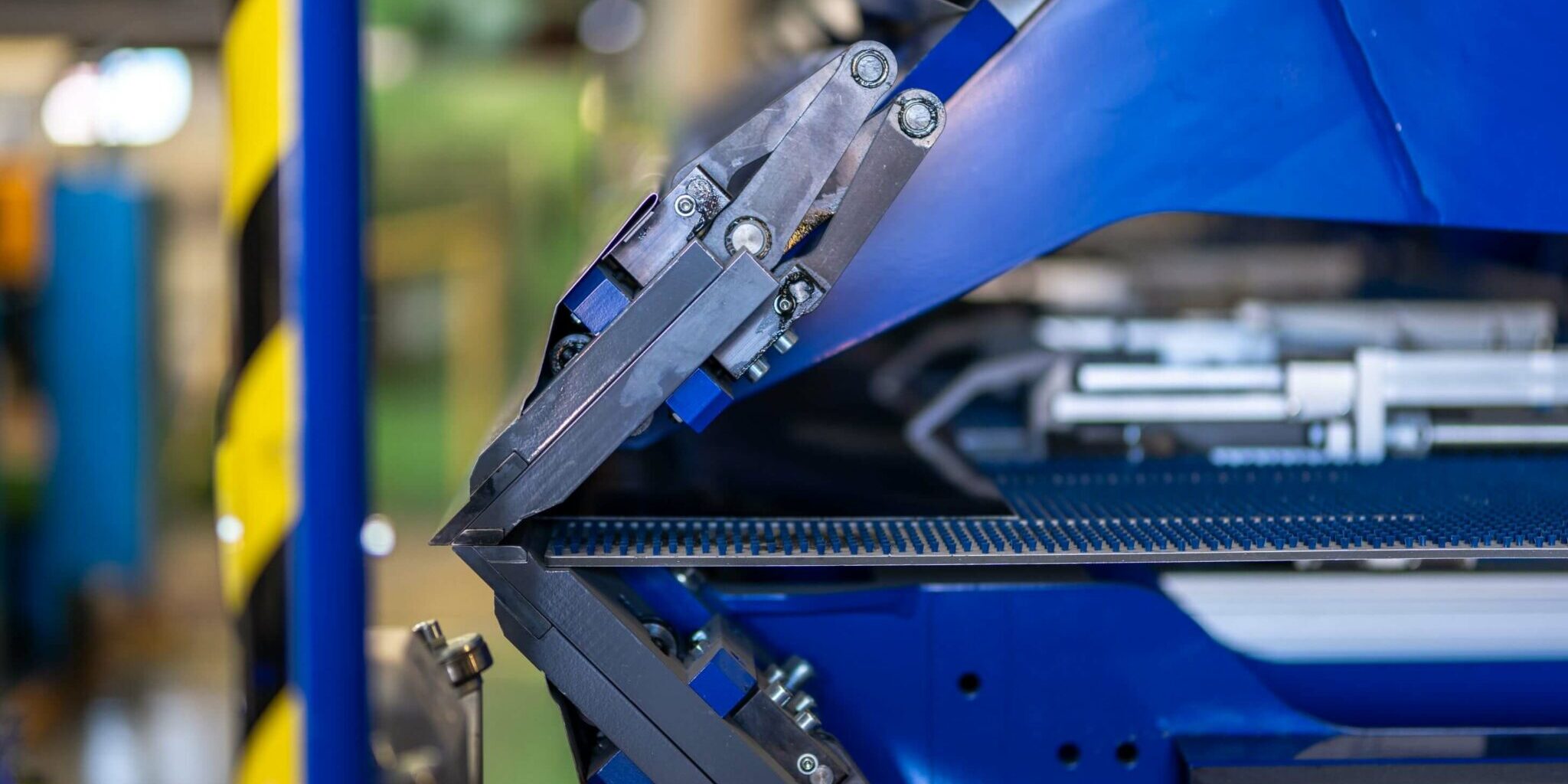PBR Panels:
High-Quality PBR Panels for Commercial & Agricultural Buildings
PBR panels, also known as R panels, are a popular choice for roofing and siding on commercial buildings. They're sturdy, easy to install, and can cover large areas, making them a cost-effective option.
These panels are thicker and have larger ribs than those typically used on homes, allowing them to span larger distances and reduce the number of supporting structures needed. This is why they're often used on commercial or industrial buildings.
Why Choose PBR Panels?
PBR panels offer numerous benefits. One of the key features of PBR panels is their large overlap section, which creates a strong, weather-tight connection between panels. This makes them highly resistant to wind and moisture. With their longevity and minimal maintenance requirements, PBR panels are a cost-effective choice for your roofing and siding needs on commercial, agricultural, or industrial structures.
PBR panels come in a variety of colors and finishes, so you can choose the one that best matches your building's aesthetic. Whether you're building a commercial property or a farm building, PBR Panels can meet your needs.
Common Questions About PBR Panels

PBR stands for "Purlin Bearing Rib". This refers to the design of the panel. The "bearing rib" of the panel overlaps with the purlin, which is a horizontal beam along the length of a roof, forming a tight seal. This design feature allows for a stronger connection between panels and provides additional resistance to weather conditions, making PBR panels a durable choice for roofing and siding.


